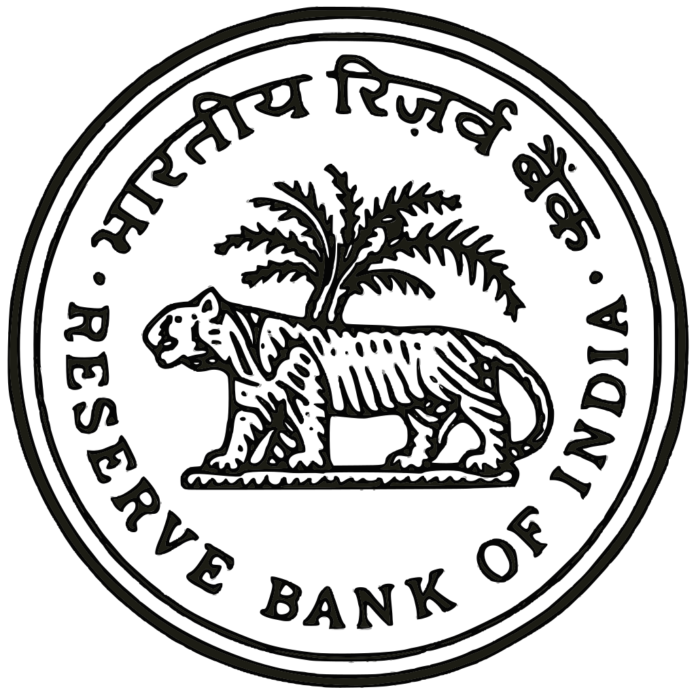RBI started its three-day monetary policy review meeting on 4th December. Everyone expects RBI to keep the repo rate—the rate at which it loans to banks—unchanged at 6.5%, but there are growing expectations that it may ease the Cash Reserve Ratio (CRR) further.
The demand for the CRR cut has been geared further because, on the one hand, it is already very tight in the banking system, and on the other, the GDP growth has dipped to a seven-quarter low at 5.4% in the July-September 2024 quarter. That would ensure signaling of the intention of the RBI to ease monetary policy without affecting the repo rate.
What is the Cash Reserve Ratio?
CRR is the percentage of total deposit that every bank is legally bound to maintain in the form of cash with the RBI. The RBI decides the CRR rate from time to time, which is currently at 4.5%. The bank has yet to earn any interest on the funds maintained as CRR.
The RBI uses the CRR to check inflation and the lending rate of banking institutions as a monetary policy tool.
Will RBI announce a cut in CRR on 6th December?
Even though the changes in the repo rate and policy stance are determined by the RBI’s Monetary Policy Committee (MPC), actions relating to liquidity are the sole discretion of the RBI.
While the blending of assets continues, two Analysts claimed that the RBI could cut down the CRR by 25 or 50 basis points (bps). In addition, it should be understood that one basis point corresponds to one one-hundredth of one percent. If implemented, this would be the first cut of CRR in over 4.5 years.
“The liquidity in the banking system has tightened because of the RBI’s actions to stabilize the rupee. There have been a lot of dollar sales (by the RBI), which has affected the overall liquidity in the system. In December, liquidity will further tighten due to outflows related to payment of advance tax, GST, and quarter-end demand for credit. Under this situation, a permanent measure can be announced (by the RBI), which could be a CRR cut or OMO purchase,” said Madan Sabnavis, Chief Economist, Bank of Baroda.
India’s central bank, the RBI, has been actively selling dollars in the forex market to curb rupee volatility triggered by persistent Foreign Portfolio Investor (FPI) outflows and the strengthening of the US dollar. The rupee has declined since 1st October to nearly one percent against the dollar. The country’s forex reserves have come down by almost $45 billion because the RBI has been buying dollars to defend the rupee.
On the other hand, however, the MPC is expected to unchanged the repurchase rate to 6.5% in the upcoming policy review.
What will be the impact of a CRR cut?
A cut by 50 bps in the CRR by the RBI would mobilize between ₹1.10 lakh crore to ₹1.2 lakh crore of liquidity currently lying with the RBI with the banks. A rate cut of 25 bps would release anywhere between ₹55,000 crores to ₹60,000 crores.
The third advantage concerns the potential for this additional liquidity to help banks lend more and stimulate economic growth.
“A CRR cut will free up bank money, which can further be deployed for lending. There is a chance that banks may pass on the benefits of this CRR cut to borrowers. Usually, the cut in CRR is Net Interest Margin (NIM) accretive for banks,” said VRC Reddy, Head Treasury, Karur Vysya Bank.
When did the RBI last reduce the CRR?
The RBI made the last adjustment in CRR in March 2020 due to the outbreak of COVID-19. The CRR was raised on 28th March 2020 when it was slashed down to 3% from 4%, a decision implemented after seven years. Subsequently, it has been raised three times, with the last measure bringing it to 4.5% on 21st May 2022.
For more information, please click here.




